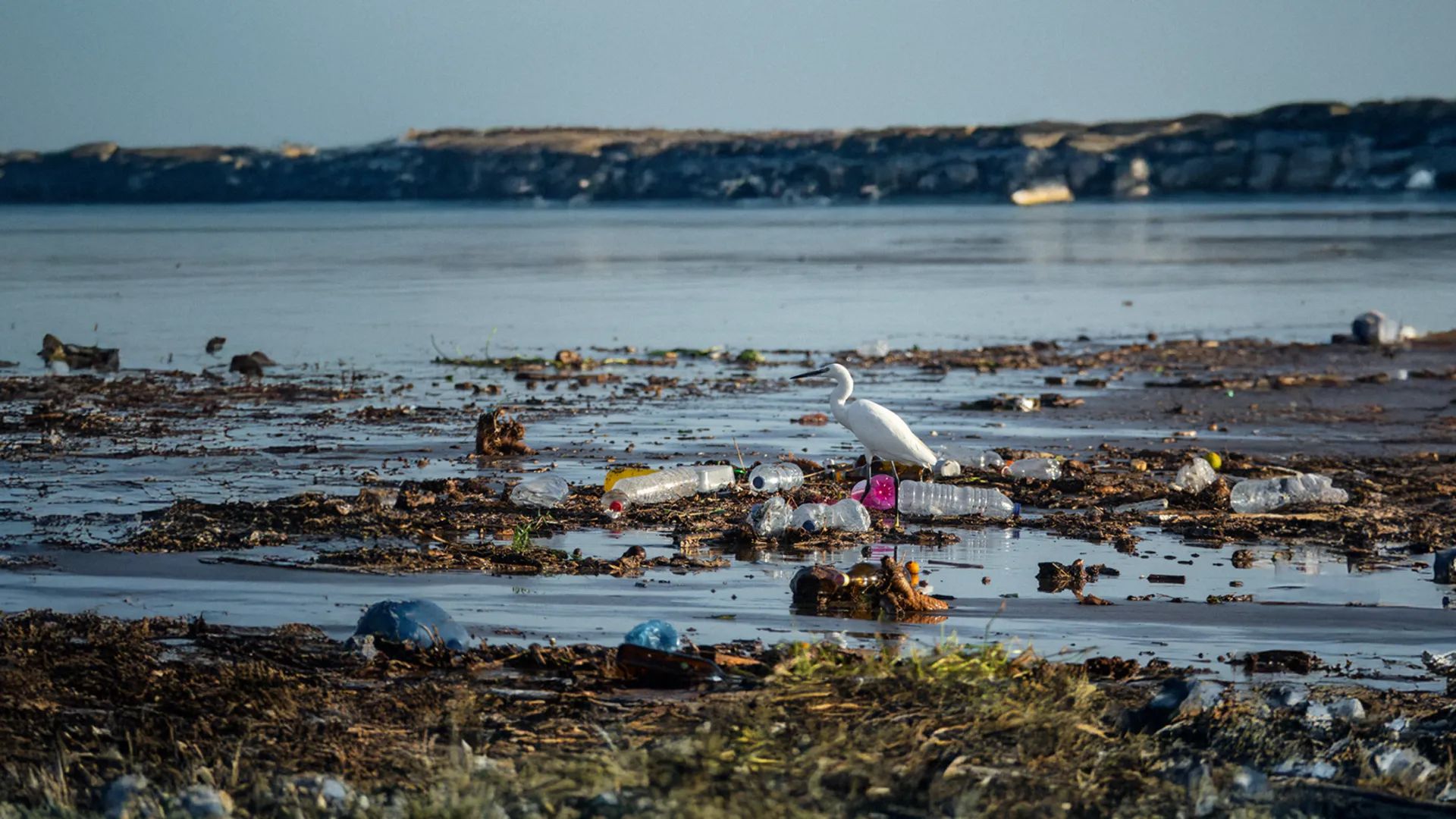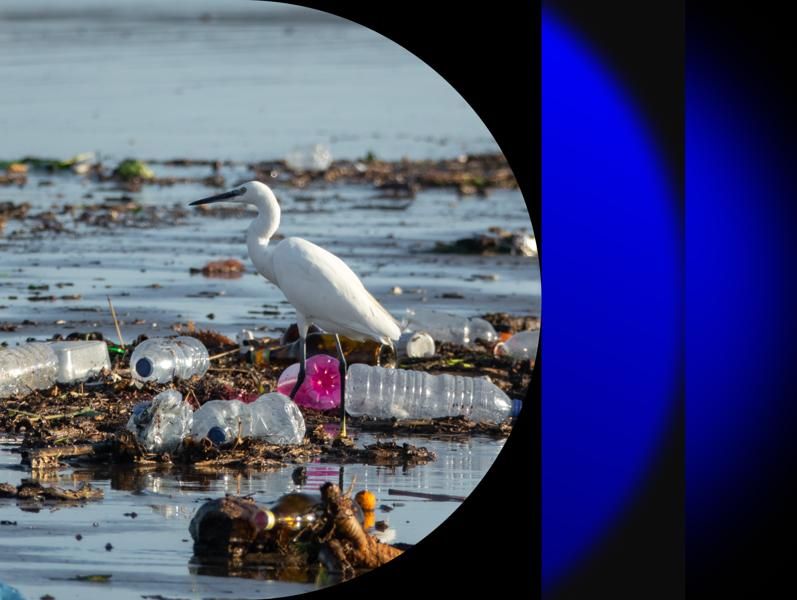
Frontiers in Science Lead Article
Published on 27 Nov 2025
Plastic pollution under the influence of climate change: implications for the abundance, distribution, and hazards in terrestrial and aquatic ecosystems
- 77,326 views
- 2 citations


Frontiers in Science Lead Article
Published on 27 Nov 2025

Join Prof Frank J. Kelly (Imperial College London, UK) and colleagues for a complimentary virtual symposium on next steps for plastic pollution under the influence of climate change.

Prof Davey L. Jones, Bangor University, UK — Informed responses to the climate–plastic crisis call for context-specific, science-based regulation that acknowledges current methodological flaws and uncertainties while balancing environmental protection with critical sectoral benefits.

Dr J. F. Provencher, Environment and Climate Change Canada — Integrating One Health and harm-reduction principles can align science and policy to deliver equitable, evidence-based solutions to the connected challenges of climate change and plastic pollution.

Prof Daniel Rittschof, Duke University, USA — Transparency on plastic composition, chemical additives, and life-cycle emissions is essential to enable effective research, governance, and accountability amid growing evidence that climate and novel-entity pressures breach planetary boundaries (coming soon).

Dr Anja M. Brandon, Ocean Conservancy, USA — Policies that effectively address both the climate and plastic crises require global, national, and local coordination to reduce plastic production, prevent new pollution, and mitigate existing environmental harms.
Ample evidence now exists that climate change conditions are contributing to the abundance, distribution, exposure, and impacts of plastic in the environment.
Investigations into the ecotoxicity of plastic pollution under climate change are still in their infancy, but studies have already demonstrated interactive effects on terrestrial, freshwater and marine biota and ecosystems, suggesting that these become stronger at higher trophic levels.
While large, long-lived aquatic organisms high in the food chain may be among the most vulnerable species to intensifying plastic pollution under climate change, thereby representing promising bioindicators of the impacts of both stressors, species lower in the food web appear much less sensitive to both stressors and many even exhibit positive responses.
Impacts of climate–plastic interactions within terrestrial ecosystems are typically more complex and harder to predict than those in aquatic ecosystems, with evidence ranging from antagonistic to additive and synergistic effects.
The integration of micro- and nanoplastic pollution with climate stressors offers a way to steer, coordinate and prioritize research and monitoring, along with policy and action.

A summary of the lead article in a Q&A format, with a video.

A version of the lead article written for—and peer reviewed by—kids aged 8-15 years.

Increased toxicity from plastic pollution in a warmer climate is affecting whole ecosystems, with disproportionate impacts on apex predators such as orcas. (Photos: Prof Frank J. Kelly, Dr Stephanie L. Wright, Prof Guy Woodward, Dr Julia C. Fussell of Imperial College London, UK).

The surging tide of microplastics is already an environmental and health threat, but as the world heats up — driving increasingly extreme weather — it’s transforming them into “more mobile, persistent, and hazardous pollutants,” according to a new study, which calls for urgent action.

Increased toxicity from plastic pollution in a warmer climate is highly likely to be affecting whole ecosystems, with potentially disproportionate impacts on apex predators such as orcas.

Climate change is dramatically worsening the spread and impact of microplastics, pushing natural systems toward irreversible ecological damage, a new review published in Frontiers in Science has revealed.
Follow the science, follow Frontiers in Science